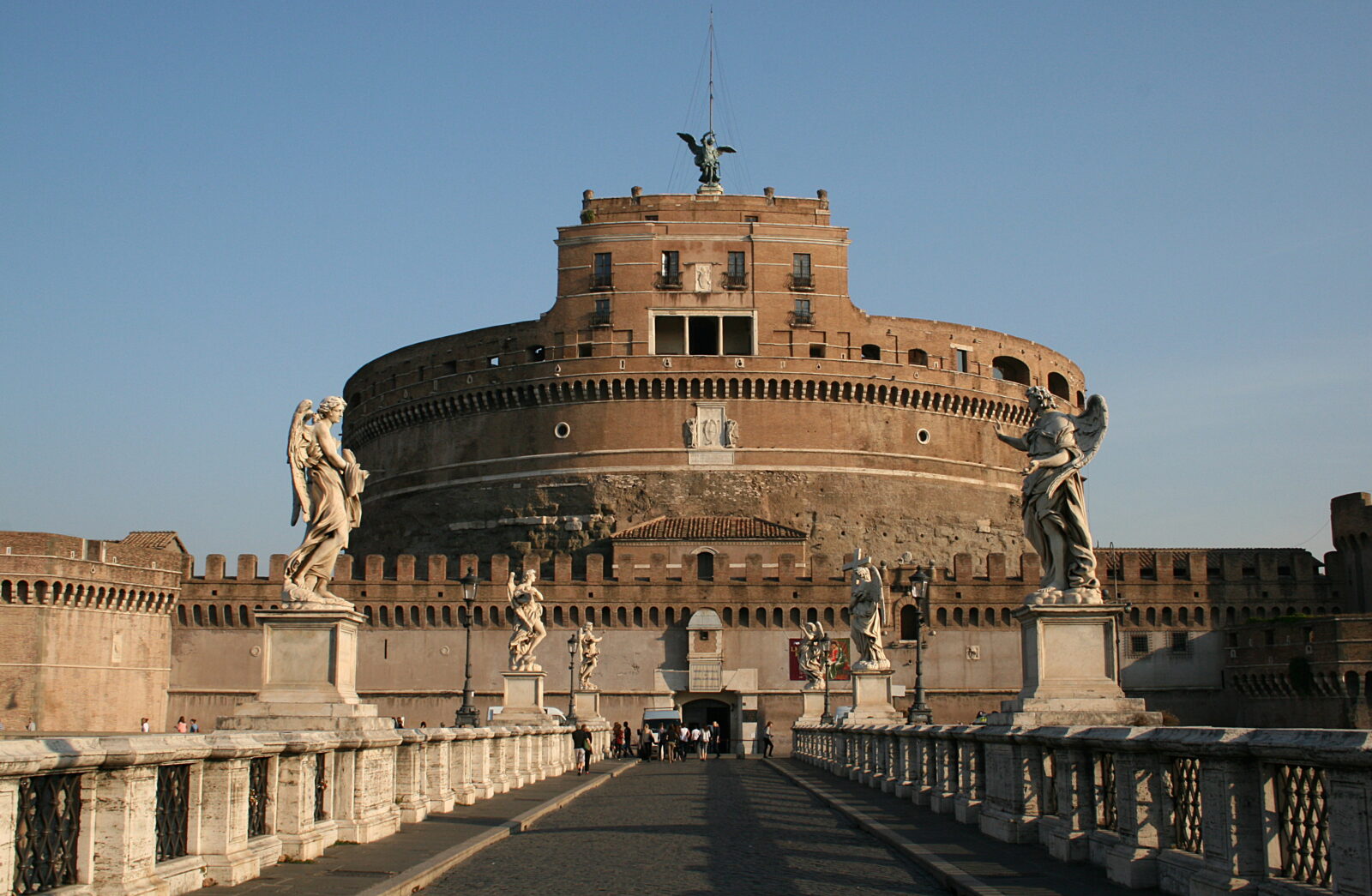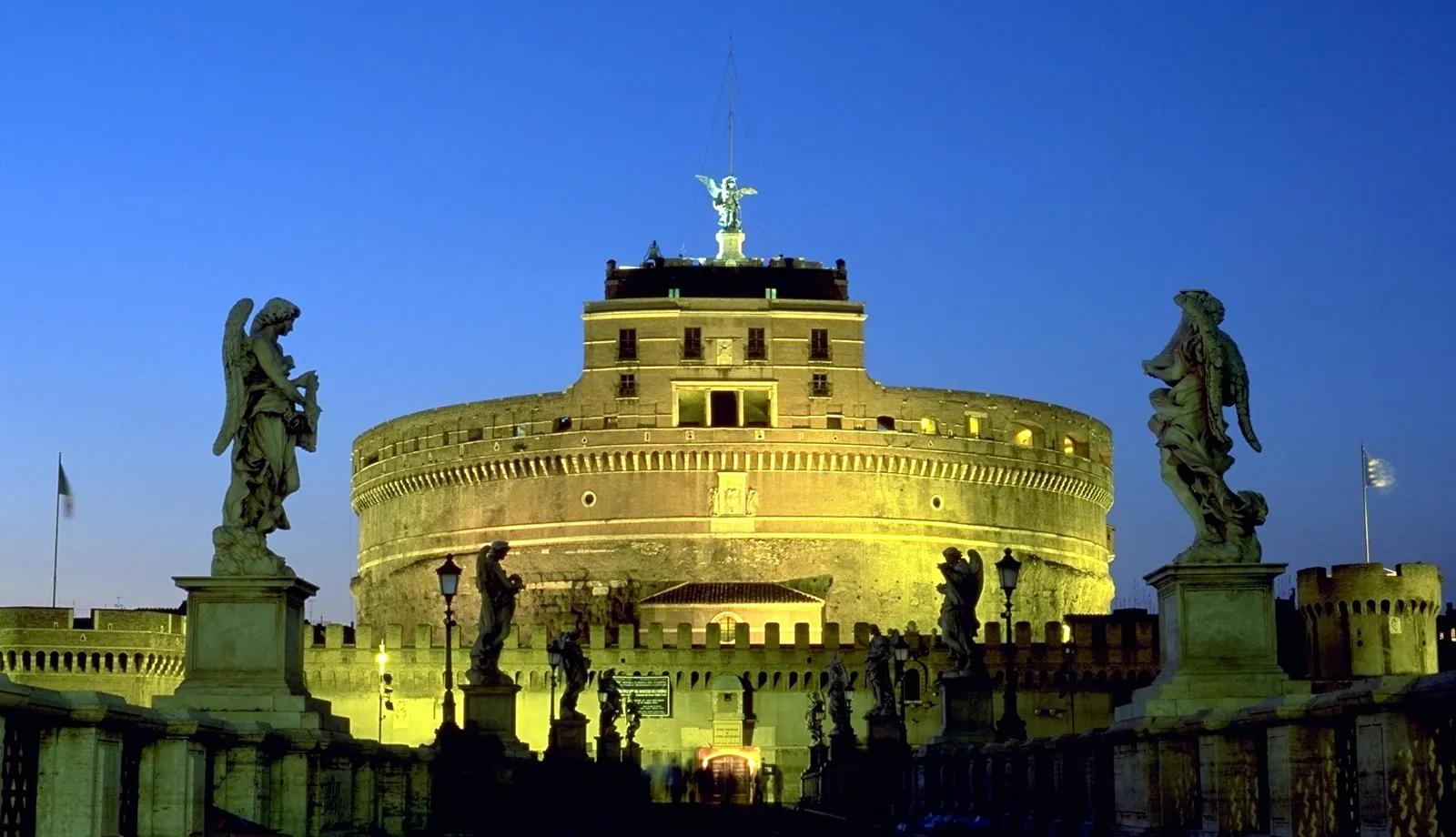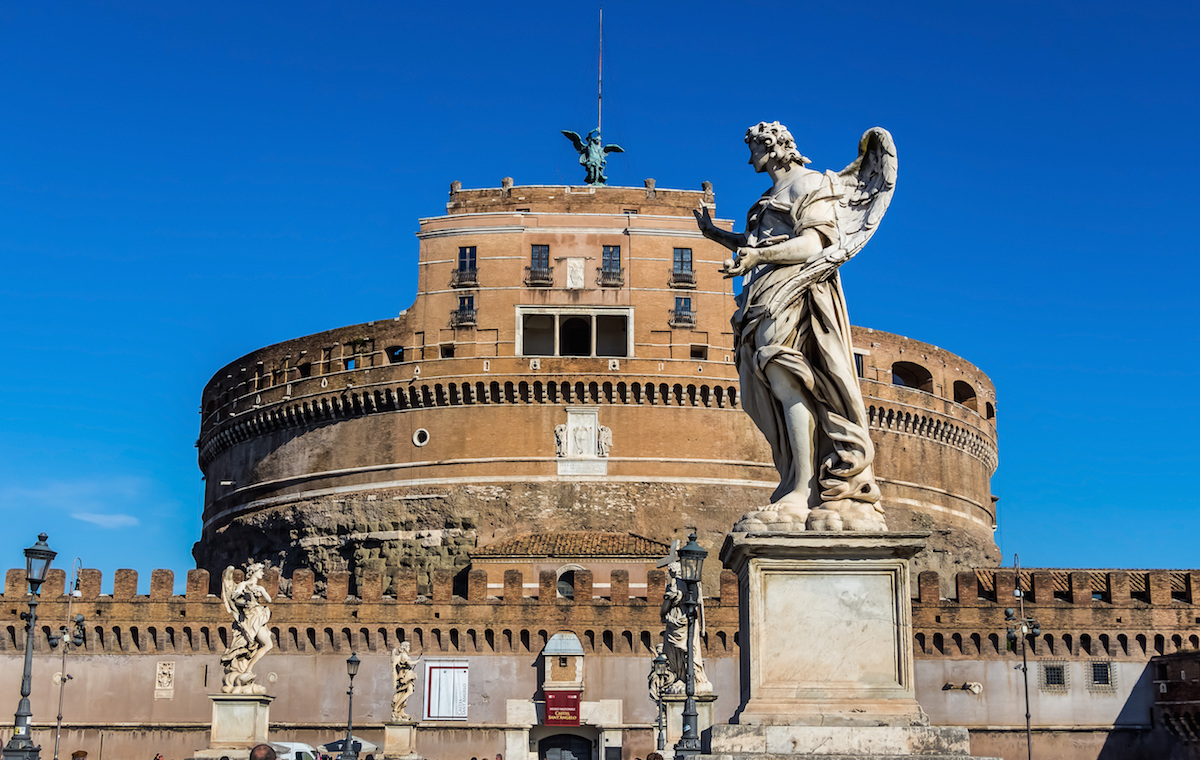Rome, Italy’s Magnificent Castle of Angels: A Monument to Roman Majesty and Renaissance History

In the heart of Rome, Italy, stands a magnificent monument that has witnessed centuries of history unfold: the Castle of Angels, also known as Castel Sant’Angelo. Built by the Roman Emperor Hadrian between 135-139 AD, this imposing structure was originally intended to serve as a mausoleum for himself and his family. Over the centuries, however, the castle has served various roles, including as a fortress, a papal residence, and even as a prison. One of its most notable prisoners was Cem Sultan, the son of Fatih Sultan Mehmet, who was held there as a venerated captive. Today, the Castle of Angels stands as a symbol of Rome’s rich and storied past, a testament to the enduring legacy of Roman grandeur and Renaissance history.

The Castle of Angels owes its name to the magnificent statue of the Archangel Michael that crowns its rooftop. This iconic statue, which dates back to the late 16th century, is a symbol of protection and divine intervention, and it has become one of the most recognizable landmarks in Rome. However, the history of the castle itself stretches back much further, to the golden age of the Roman Empire.
Constructed on the banks of the Tiber River, the Castle of Angels was originally conceived by Emperor Hadrian as a monumental tomb for himself and his family. Its circular design and imposing exterior were intended to convey the power and prestige of the Roman Empire, while its location overlooking the city of Rome served as a constant reminder of the empire’s dominance. Inside, the mausoleum was adorned with elaborate decorations and intricate frescoes, reflecting the opulence of Roman funerary practices.

Over the centuries, the Castle of Angels underwent numerous transformations, reflecting the changing fortunes of Rome and its rulers. During the Middle Ages, the castle was converted into a fortress by the popes, who sought refuge within its walls during times of political upheaval and conflict. It was during this period that the castle acquired its current name, derived from the legend of the Archangel Michael, who was said to have appeared above the castle to signal the end of a plague that was ravaging the city.
In addition to its role as a fortress and papal residence, the Castle of Angels also served as a prison for much of its history. One of its most famous prisoners was Cem Sultan, the son of Fatih Sultan Mehmet, who was held there in the late 15th century. Despite being a captive, Cem Sultan was treated with reverence and respect by the papal authorities, who saw him as a potential ally in their struggles against the Ottoman Empire.

Today, the Castle of Angels stands as a testament to the enduring legacy of Rome’s imperial past and its rich cultural heritage. Visitors to the castle can explore its ancient ramparts, wander through its atmospheric courtyards, and marvel at its breathtaking views of the city below. Inside, the castle houses a museum dedicated to its storied history, featuring artifacts and exhibits that trace its evolution from a Roman mausoleum to a papal fortress.
As visitors walk through the halls of the Castle of Angels, they are transported back in time to an era of emperors and popes, of conquest and triumph, of art and architecture. It is a journey through the ages, a glimpse into the soul of a city that has stood at the crossroads of history for millennia. And as they stand beneath the watchful gaze of the Archangel Michael, they are reminded of the enduring power of faith and the timeless beauty of Rome, the Eternal City.